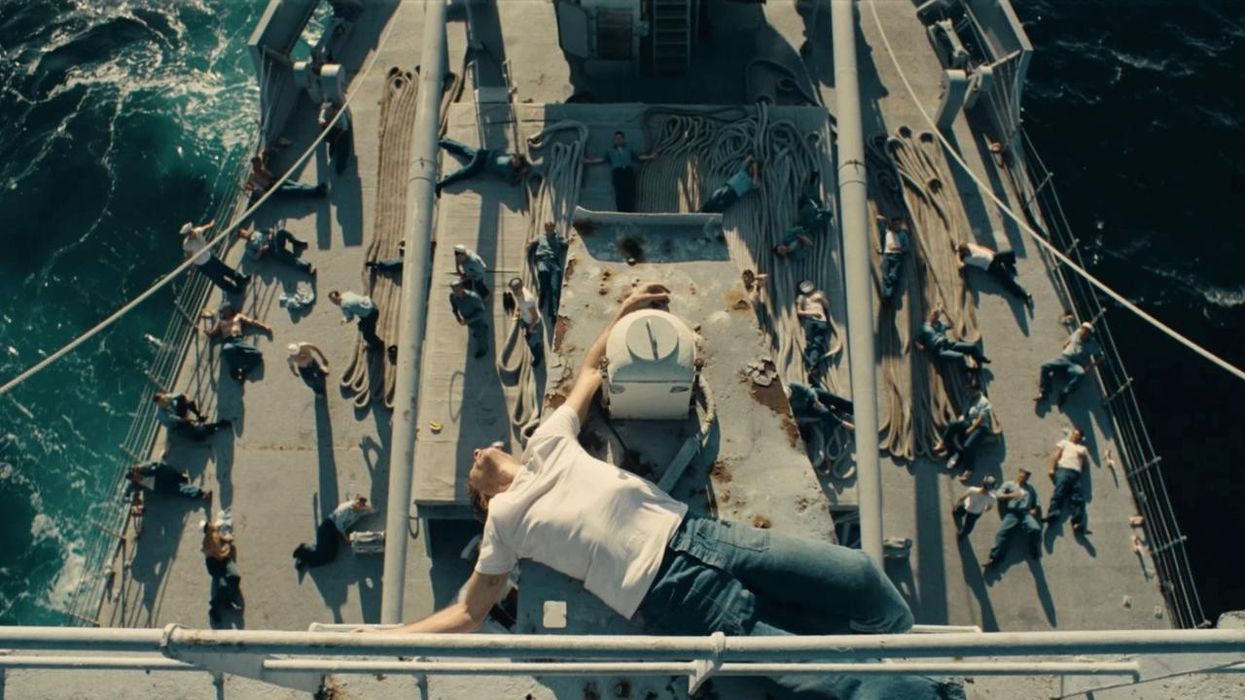What Makes Cinema the Greatest Art Form to Exist?
Do you know what makes a movie a movie?

It’s an easy answer when you think about it. A movie is simply pictures stitched together to make up 24 frames per second to give the illusion of motion. I think of it as photography brought to life before us to tell us the story the artist wants to tell. It’s beautiful, messy, and beyond fascinating.
This is a feeling that many of us had when watching a movie that first shook us to our core and inspired us to get into the craft. No matter what department you want to work in the industry, there is always a place for creatives like you to come together to make something new. There is no small job in the filmmaking process, only small ideas.
Of the seven art forms to exist, filmmaking is arguably the greatest. From screenwriting to directing to editing, there are so many elements to filmmaking that elevate the art form and its experimental nature.
Epic Light Media examines the three distinct elements that make the moving image worthy of its own pedestal in the hall of art forms. Let’s break down those elements and explain how they uplift the medium.
What Makes Cinema a Great Art Form?
Many elements make cinema stand apart from other art forms—movies can speak to the emotions of the audience and connect with each viewer through the moving picture. Similar to a good painting or photograph, a movie can mean something different to each viewer, but there is always an effect on the audience.
There are specific elements that make cinema a great art form. Cutting, camera movement, and the ability to open audiences to unseen worlds make movies great.
Editing
Editing is a distinctly cinematic trick. A technique that seems so obvious today wasn’t obvious back in the early days of cinema.
Early cinema was often treated like theater. The camera sat statically at a wide shot and captured the actor’s performances on the stage. Then, Lev Kuleshov from the Moscow Film School discovered that stories in films can be influenced by an extensive editing process. Kuleshov released a short film that would go on to become the foundation of the Kuleshov Effect, or cross-cutting as we call it today.
In its simplest form, continuity editing influences the audience to watch the film through a specific perspective. Cutting, or continuity editing, is the foundation of a movie because it becomes a silent narrator that gives voice to the story through perspective and pacing.
Camera Movement
We often say that the camera is like a third invisible character in a scene. While editing can give filmmakers a voice, camera movement acts as a megaphone, allowing filmmakers to amplify their message.
Skillful camera movement is akin to a line from Shakespeare. It can move the story and reveal details that heighten the tension of a scene. If you are doing a slow push-in, pull-out, turn away, towards a moment, or a movement that draws your attention in, a camera movement is a powerful tool that can give kinetic energy to cinema.
Close-ups can highlight the nuances of a character’s performance, showing us the little details of human emotion that sell the story as a version of reality to us.
Seeing Unseen Worlds
Cinema allows us to explore unseen worlds. Whether these places exist or not, we can look at places that are beyond our everyday lives.
Films allow us to look at cultures that are outside of our own, explore historical locations in their prime age, or give us insight into places that are just states away. Filmmakers can look at a location and give it new life or a new perspective.
As filmmakers, films give us the ability to take a small moment in life and create a larger story around it. What we don’t see can take us down interesting roads and reveal an unspoken truth about society or culture.
Art is subjective, which makes it impossible to categorically state what is great or terrible. Nonetheless, certain movies are held in high regard. While the story is the key to greatness in cinema, what makes a movie a movie is editing, camera movement, and seeing the unseen make the art form distinctly unique.
What else makes cinema a great art form? Let us know what you think in the comments!
Source: Epic Light Media













